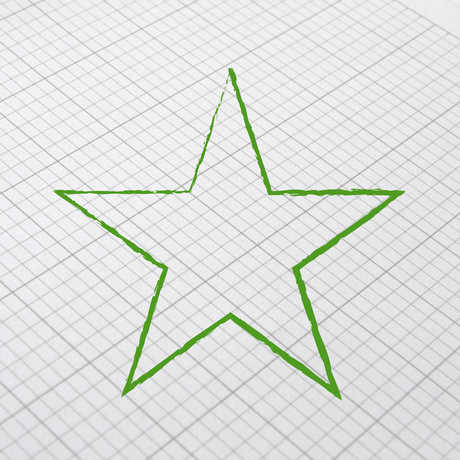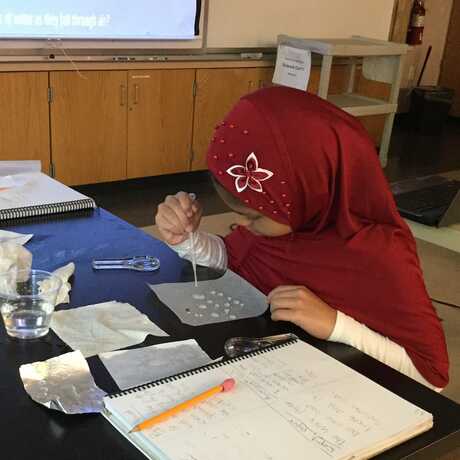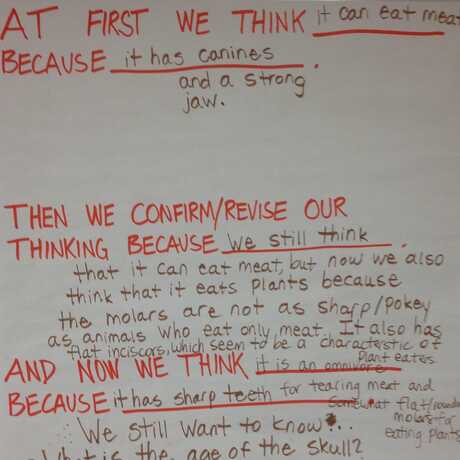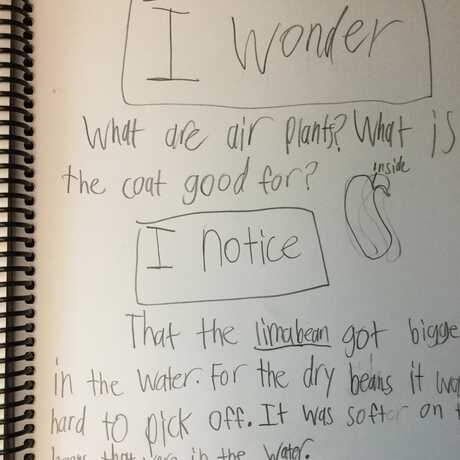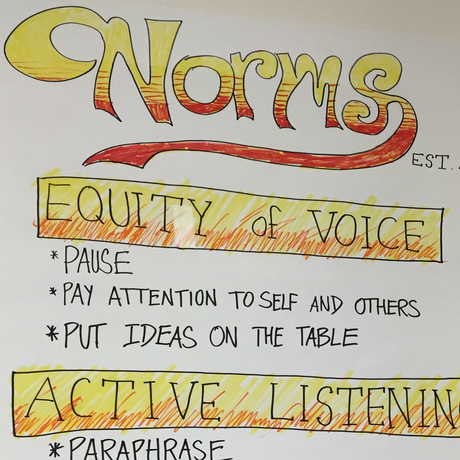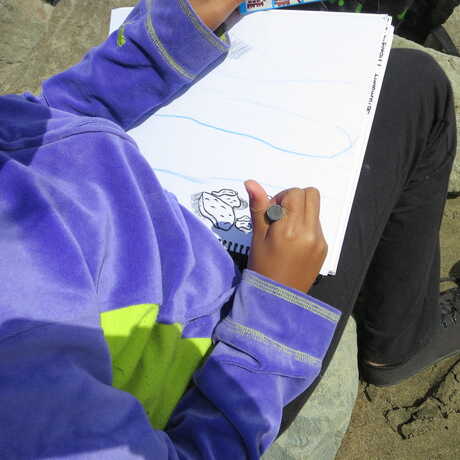Lauren and her third grade students were learning about energy and how to conserve it. They used watt meters to measure how much energy several appliances used.
During their investigation, they discovered several puzzling things. For instance, the toaster and the battery charger both used more energy to connect and start than to stay running. Or, the refrigerator used the same amount of energy when connected and running.
Lauren gave students a chance to consider these findings and to ponder, “Why?”
Lauren instructed students to delineate three sections on a notebook page. They labeled the first section, “At first I think…” and they used it to record their initial explanation for one of these findings. They labeled the second section, “Now I think…” and they recorded their ideas after discussing with several peers. In the last section, they answered the question: “Why did your ideas change or stay the same?”
This lesson gave students a chance to construct explanations and also to notice how ideas can grow and change based on exposure to other ideas.
